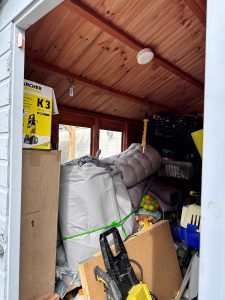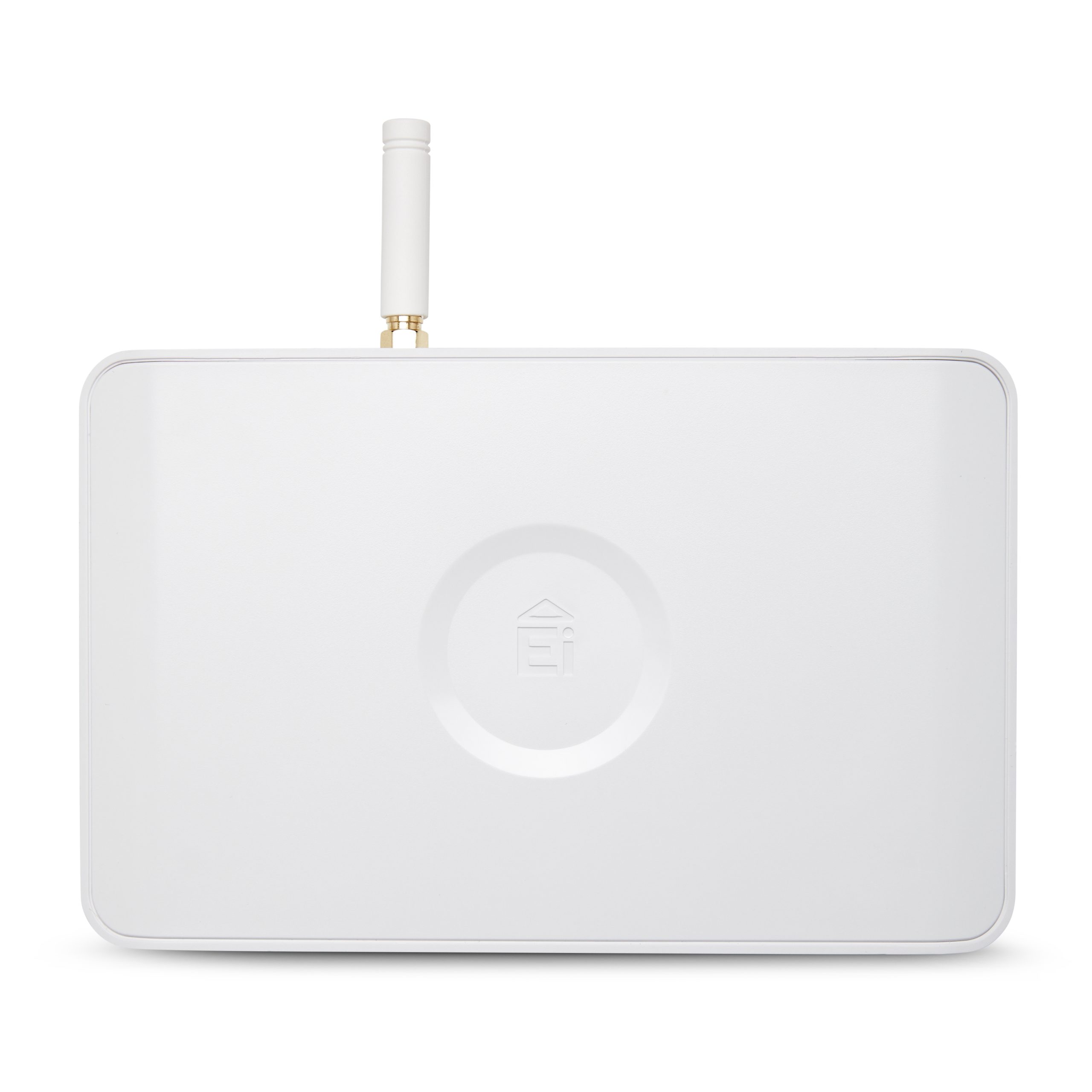Connecting Mains-Powered Alarms and Battery-Powered Alarms via RF

A commonly asked question is whether Grade D1/D2 mains powered alarms can be connected to Grade F1 battery alarms via radio frequency; the answer is a simple yes. With Aico’s RadioLINK+ technology, expanding existing RadioLINK systems is easier than ever, by just opening house code mode on one of the existing alarms, and adding the new device.
Inside this property is a Category LD1, Grade D1 system covering all rooms and escape routes. This is the highest level of protection within a domestic property, in line with BS 5839-6. In the garden, approximately 4 metres away from the external wall is a wooden gazebo and a shed.

The homeowner, having already fitted the Grade D1 3000 Series alarms inside the property, wanted additional alarms covering both structures with them interlinked to the internal alarms for maximum audibility during an activation.
There is an armoured cable feeding the sockets in the gazebo, but no electrical supply in the shed. So, the simplest way to achieve this was by fitting the radio frequency (RF) capable Ei660iRF RadioLINK+ Multi-Sensor Fire Alarm in the gazebo and the Ei650iRF RadioLINK+ Battery Optical Alarm in the shed. These alarms are solely powered by a 10-year lithium battery, meaning there is no need to change the battery at any point in the alarm’s life. Replacing these alarms would also be hassle-free, as the existing unit only needs to be taken from the ceiling and the replacement mounted back up.


Both of these alarms were interlinked by RF into the LD1 system in the main property, by connecting to the 3000 Series alarm with the Ei3000MRF SmartLINK Module installed.
In addition to this, as there are multiple alarms present both internally and externally, the Ei450 RadioLINK Alarm Controller has been added. The controller can test and silence all the alarms in this hybrid system, as well as locate the alarm which initially triggered the system during an activation. Its memory function can be used to identify any alarms that may have triggered while nobody was in the property.
By interlinking with radio frequency, there is less disruption to the property and to the residents, as there is less wiring involved. Using the Ei3000MRF module within this process not only enables wireless interconnection, but also opens up the possibility of implementing the HomeLINK Gateway in the future. The modules in each alarm connect to the Gateway to provide data and statistics about the homes’ fire and carbon monoxide alarm system, such as activations, alarm head removals, testing, faults, mains absences and low batteries. Furthermore, if they wanted to in the future, the homeowner has the option to install HomeLINK Environmental Sensors to monitor temperature, humidity, and carbon dioxide to gain insight into issues such as damp and mould, energy efficiency and indoor air quality.
To find more about interconnecting alarms with radio frequency, visit www.aico.co.uk/technical-support






